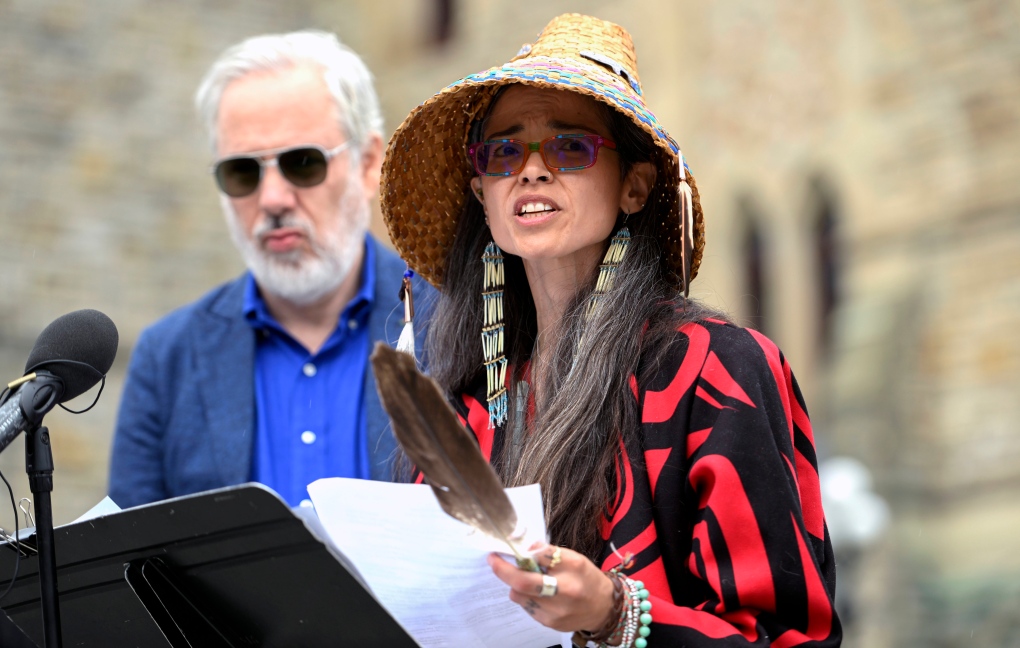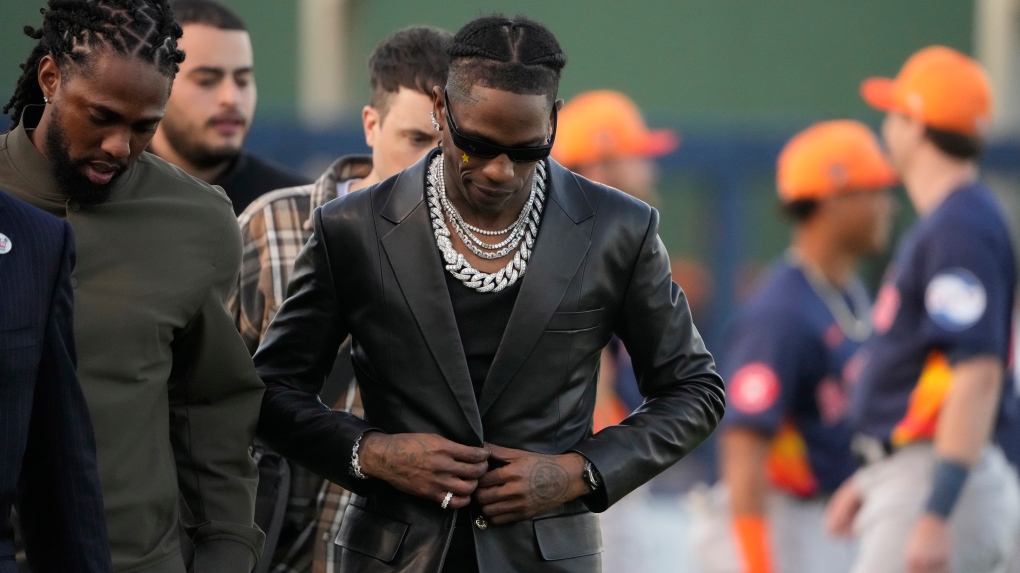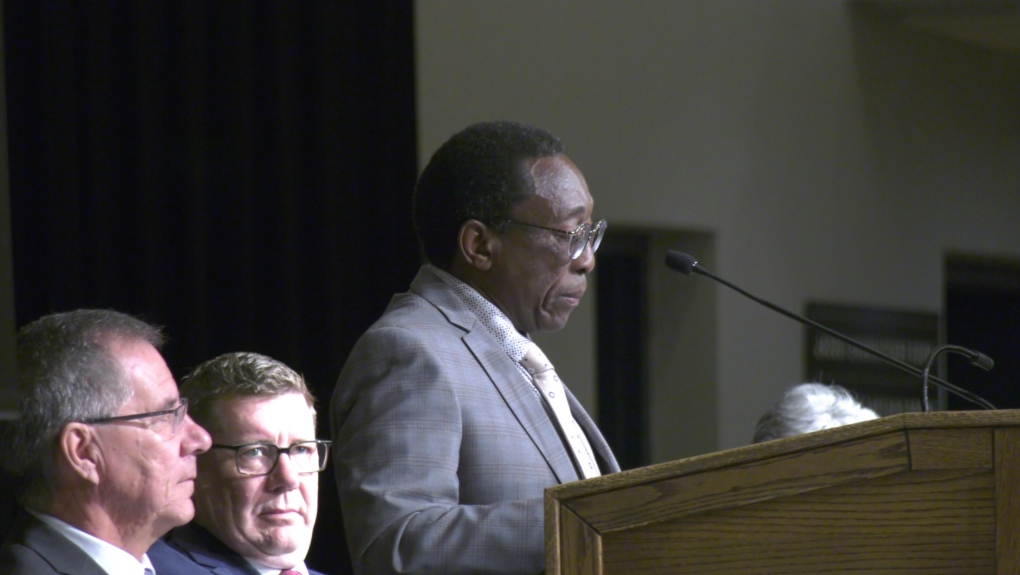Growing up, Nathalie Los Santos’ parents would call her a TikTik. At first, she assumed it was a cute form of endearment.
“But when I started to research Filipino mythology, I found out TikTik is another word for a Manananggal, which is a viscera or intestine-eating monster that eats it out of your butt!” the Vancouver author said.
Tiktiks or Manananggals are part of a sub-genre of evil spirits called Aswang — shapeshifters that morph into vampires, ghouls, viscera suckers or werebeasts.
De Los Santos explained that in colonial retellings, the Manananggal takes the form of an attractive woman by day, but as the night falls, she detaches her lower body and grows wings, fangs and a stretchy, tubular tongue that sucks embryos out of pregnant women.
When De Los Santos’ aunt died of cancer, she felt the urge to explore more of her heritage.
That’s when she discovered that Filipino folktales and monsters carry more profound meaning beyond being used to scare children.
She’s part of a growing movement of authors hoping not only to enlighten both Filipinos and non-Filipinos about the colonial atrocities committed in the country, but also to reclaim these folkloric narratives.
De Los Santos says she found out that popular portrayals of Aswang bear demonic elements concocted by Spanish colonists to assist in evangelizing Indigenous Filipinos into Catholicism.
“The Catholic influence did give it a layer of sin and hell,” she said.
IJP Ruiz is another Filipino-Canadian fantasy writer based in Vancouver. He says deities, spirits and creatures from precolonial Philippine pantheons were almost wiped from cultural memory upon the arrival of the Spanish in 1521, who instead elevated evil portrayals of Aswang.
Eventually the Pre-colonial mythologies and religions of Indigenous Filipinos were overtaken by Roman Catholicism during the centuries after Spanish colonization.
“Whether they feel it’s to our benefit or not,” Ruiz said, “[the Spanish] sowed doubt in our own deities and made Christian saints take on positive aspects that were [previously] attributed to our own native deities.”

Later, when the Americans took over the Philippines from the Spanish in the late 1800s, they too used Filipino mythology for intimidation tactics to subdue uprisings against the government, according to University of B.C. professor and author Chris Patterson.
For example, Patterson says U.S. Air Force officer Edward Lansdale staged the corpses of Filipino rebels in the streets as if they were killed by Aswang.
“He [punctured] ‘bite marks’ into their necks to make it look like Aswang killed them,” Patterson said.
“One of the main ways of vilifying [Indigenous Filipino beliefs] was just to categorize it as something more barbaric,” he added.
“These divisions are still with us in the way that we see Indigenous beliefs as mere myths, whereas Christianity is seen as much more respectable.”
Watch: How some authors are reclaiming creatures from Filipino folklore
Decolonizing Filipino folklore
Patterson, writing under his pen name Kawika Guillermo, published a speculative fiction novel entitled All Flowers Bloom in 2020, in which part of the story takes place during the Philippine-American war. In the book, he reframes American beliefs as superstitious.
“Rather than writing about the myths of the Filipino rebels, I tried to write about the myths of the Christianized American military and to show how those myths really pushed them to do very violent things in the Philippines.”
In her writing, De Los Santos wants to decolonize and reclaim Filipino stories.
She says it was common for pre-colonial Filipino women to take on leadership roles in society, particularly as shamans or priestesses.
“A lot of the rebellions and movements against the Spanish when they first came were led by women,” said De Los Santos.
“So [the Manananggal] might have been a way to demonize some of these leaders as well.”
She said the Spanish also used Manananggal as a way to police the sexual agency of women.
“One theory shows how the disembodied woman detaching from her torso came from anxieties the Spanish had about women’s sexuality.”
In her upcoming work, Diyosa Mata, De Los Santos uses the Manananggal as an allegorical device alluding to the history of colonialism. She said she based this on the theory they were inspired by large fruit bats.
“In the beginning of the work, my protagonist Mayari rides these giant bats just for fun,” De Los Santos explained.
“As the story goes on, the Order [an imperialistic theocracy] vilifies her and the bats turn into more like the Manananggal.”
The creatures— taking the form of a bat-winged woman detached from her torso — turn out to look like Mayari.
De Los Santos initially intended to write an escapist story, but she said her research prompted her to add social commentary.
“I realized that I couldn’t avoid talking about what had happened with the Spanish colonialism and how that still impacts us,” she said.
Ruiz agrees, adding that “finding out [about Indigenous Filipino beliefs] myself allowed me to fill a gap in my own identity.”
“I still would like a third-generation kid to have fun with it and see themselves,” De Los Santos said.
“When they start researching, they could also understand this history that isn’t often taught in our curriculum.”
Do you have a story to share about the Filipino community in B.C.? We want to explore the people, cultures and perspectives in the province’s Filipino community and we need your help. Please take a few minutes to share your thoughts.








More Stories
Judge declines to dismiss lawsuits filed against rapper Travis Scott over deadly Astroworld concert
Photographer sues Megan Thee Stallion, claiming he was unfairly fired | CBC News
Drake receives cease-and-desist letter from Tupac Shakur’s estate over AI diss track | CBC Music